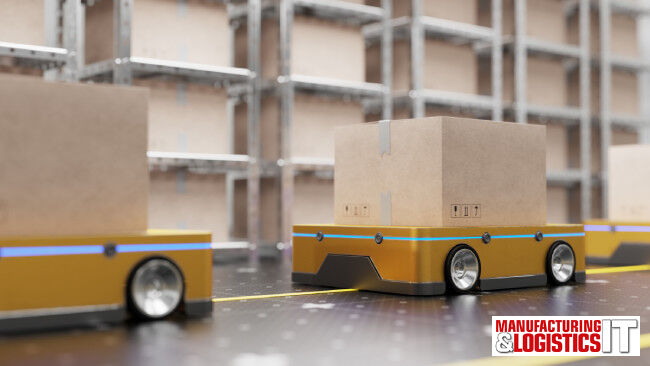Research with manufacturers, retailers and 3PLs across a range of sectors has highlighted that many have already invested significantly in warehouse automation, including over a third (35%) currently having between £1m and £5m invested, while a significant 28% have over £5m invested.
The latest report on the rise of robotics and automation in the supply chain from global supply chain and logistics consultancy, SCALA, saw organisations bring to light the benefits they have seen from current investment in automation, as well as underline key concerns when considering future investment.
The most common benefits recognised as a result of existing automation were greater productivity (66%), better ability to meet customer demand (66%), and cost savings (62%) – all of which can have a broader positive impact on business revenue and growth.
With significant advantages to be gained from automation, those organisations that hesitate to invest could be in danger of getting left behind. Understandably, given the economic landscape, the research suggested that some organisations have cost-related concerns; when respondents were asked about concerns when considering any future investment in automation, 82% were apprehensive about the level of investment required, 73% were worried about the return on investment achievable, and 69% were concerned about uncertainty over future requirements. However, the report underlines that implementing automation could help organisations unlock future capacity, enhance agility and drive efficiencies – which could potentially enhance profitability in turn.
John Perry, managing director at SCALA, commented: “The concerns that some organisations expressed when it comes to future investment in automation are certainly understandable – especially when it comes to the potential costs involved. However, there is now clear evidence of the benefits that warehouse automation can bring when properly implemented, and many organisations have already chosen to move forward – either by taking the leap or more often reducing the risk by taking a step-by-step approach.
“Right now, many organisations are continuing to face the challenges and implications of the last few years, from tackling labour shortages to managing the implications of Brexit, Covid, and ongoing geopolitical crises, and navigating the rise of e-commerce. But those organisations that fail to also look ahead, innovate, and implement the right automation may come out the other side and find themselves behind the curve when it comes to adopting efficiencies, speeding up processes, and reducing reliance on an entirely human workforce.”



